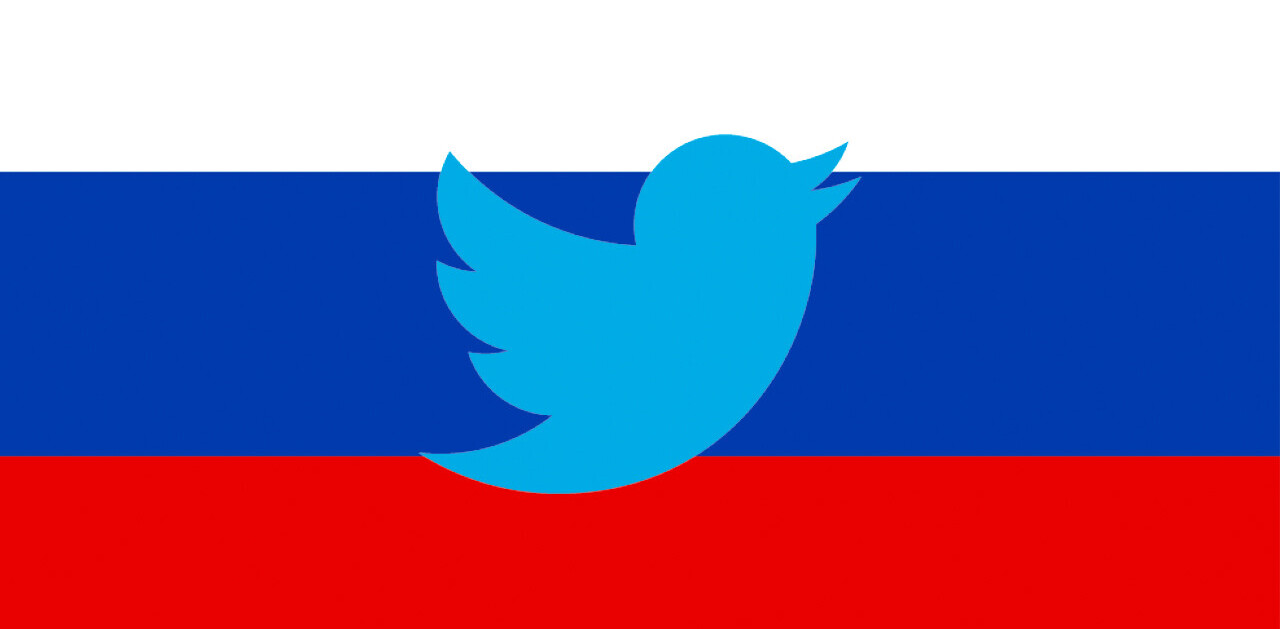
“What have you been looking at?!”
That’s normally the question asked when a friend is slammed with a virus on their PC.
But if that’s your go-to jab, you’d be shocked to know that porn sites are making serious efforts to clean up their act and debunk the myth that adult sites put you at risk.
With 78.9 billion adult videos watched on a single porn site, porn sites have a responsibility to keep their sites clean from malicious content. And they have.
According to a 2014 report, porn sites are safer than a lot of non-porn websites. According to Marcin Kleczynski, CEO of Malwarebytes, “[Porn sites] do take security seriously… their response times [to an attack] have been significantly better than other publishers.”
But besides responding to battles at hand, there are other steps the adult entertainment industry is implementing.
Plugging up malvertising
Malicious advertising – dubbed malvertising – is one of the most common sources of computer viruses.
Online advertising networks use cookies and other user data to target the flash and banner adverts users see on webpages. Unfortunately not all ad networks apply the same guidelines.
That means that for every advertiser obeying the rules, there are third-party peeps looking for a good time with your computer.
As a result, companies are taking extra precautions to protect site users.
Porn sites are no different. But not only are they working with anti-malware companies, trends also seem to be working in their favor.
“Pornography publishers are about half the publishers we work with.” – Marcin Kleczynski, Malwarebytes CEO
In fact, a simple search for ‘iPhone’ is more likely to yield a potentially unsafe site.
Key events, such as the Super Bowl and tech announcements like the iPhone 7 could point you towards a site full of malvertising as cheap ad platforms make it easy for malicious content to infect countless computers in the blink of an eye.
As trends ebb and flow, and porn becomes more mainstream, it’s no longer taboo – and therefore not as profitable – to target a simple porn site.
HTTPS Penetration
Hypertext Transfer Protocol Secure – better known as HTTPS – is an internet communication protocol that protects the integrity and confidentiality of your users’ data.
For example, when a user enters data into a form on your site – either to subscribe to updates or purchase a product – HTTPS protects that user’s personal information between the user and the site.
xHamster – one of the world’s most visited adult domains – recently made the move to HTTPS themselves.
This move is in sync with major tech firms, such as Google, that have begun domain-shaming some of the most popular websites that either “aren’t encrypted, aren’t encrypted by default, or don’t use modern cryptography.”
As the company’s spokesperson, Alex Hawkins, points out,
There’s no excuse for anyone to be using HTTP without the proper protection upgrades necessary for full HTTPS compliance.
Tracking turnoff
If you’re worried about being tracked online, porn sites should be the least of your concerns.
Earlier this year, Princeton University analyzed the top one million websites online to determine which type of site is most likely to track your online behavior. The winner? News sites – sorry, not sorry – followed by arts and sports.
Sites on the high end of the spectrum are largely those which provide editorial content.
In fact, Princeton found that advertising was one of the chief contributors to trackers, with trackers from Google’s DoubleClick and others living behind the curtain on news sites. Those sites also used a healthy helping of analytics tools.
Porn, though, turned out to be far less arduous when it comes to tracking. In fact, the average porn site had fewer than 10 tracker and non-tracker items on their sites.
See, what you do on a porn site is your business – they don’t care nearly as much as you think they do.
No means no
There are plenty of shady people online waiting to take advantage of your vices.
Thankfully, through moving to a safer protocol or simply working with anti-malware companies, porn sites are no longer much of an issue.
Get the TNW newsletter
Get the most important tech news in your inbox each week.






